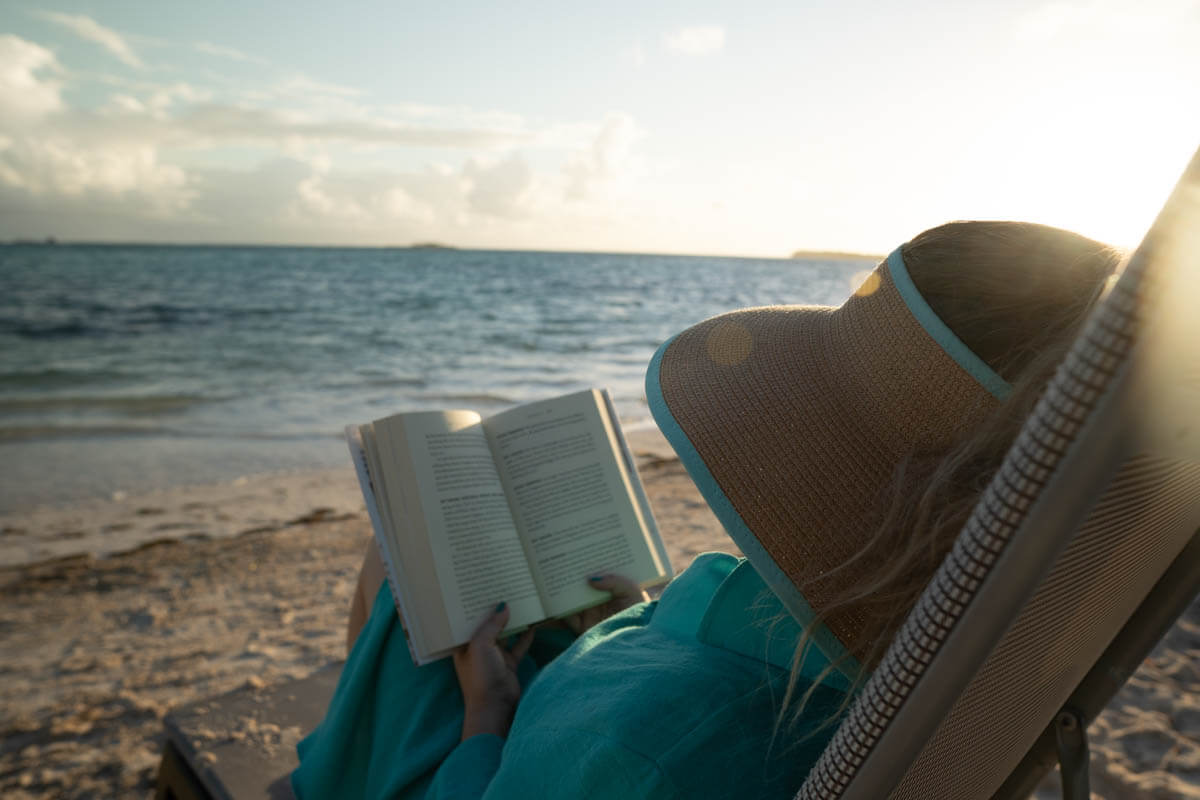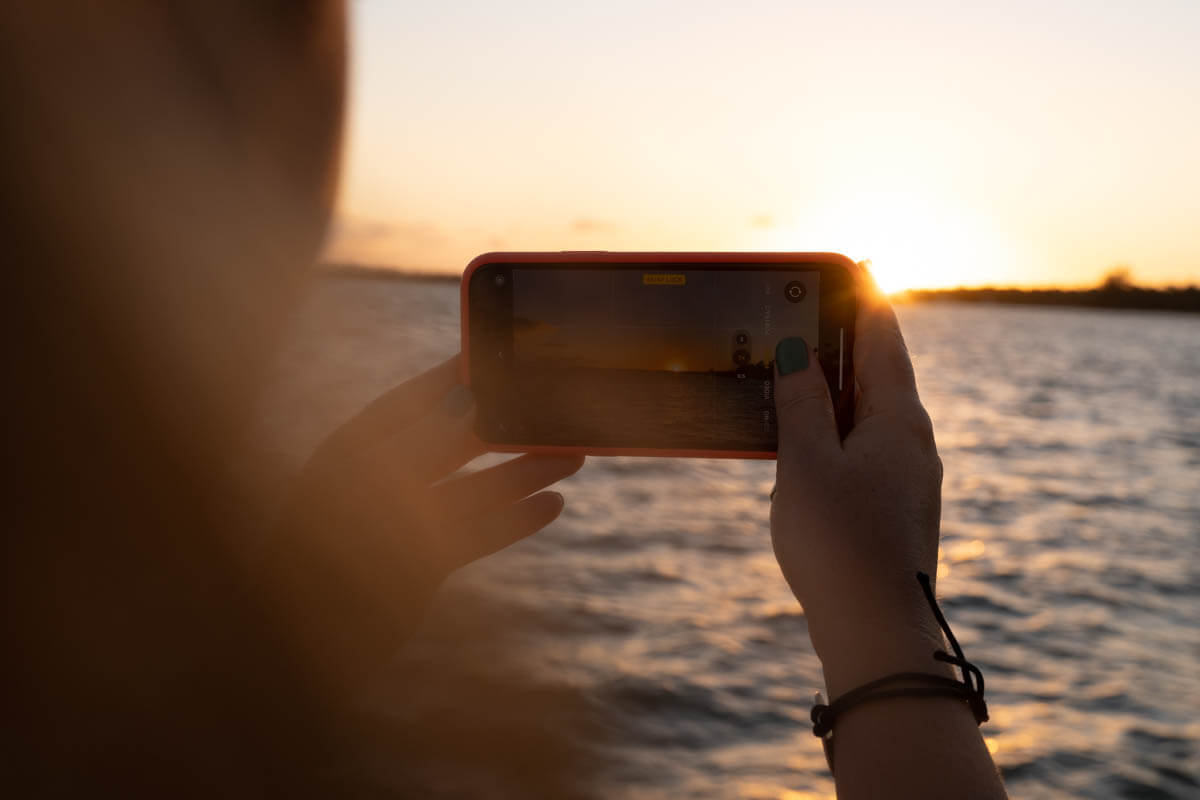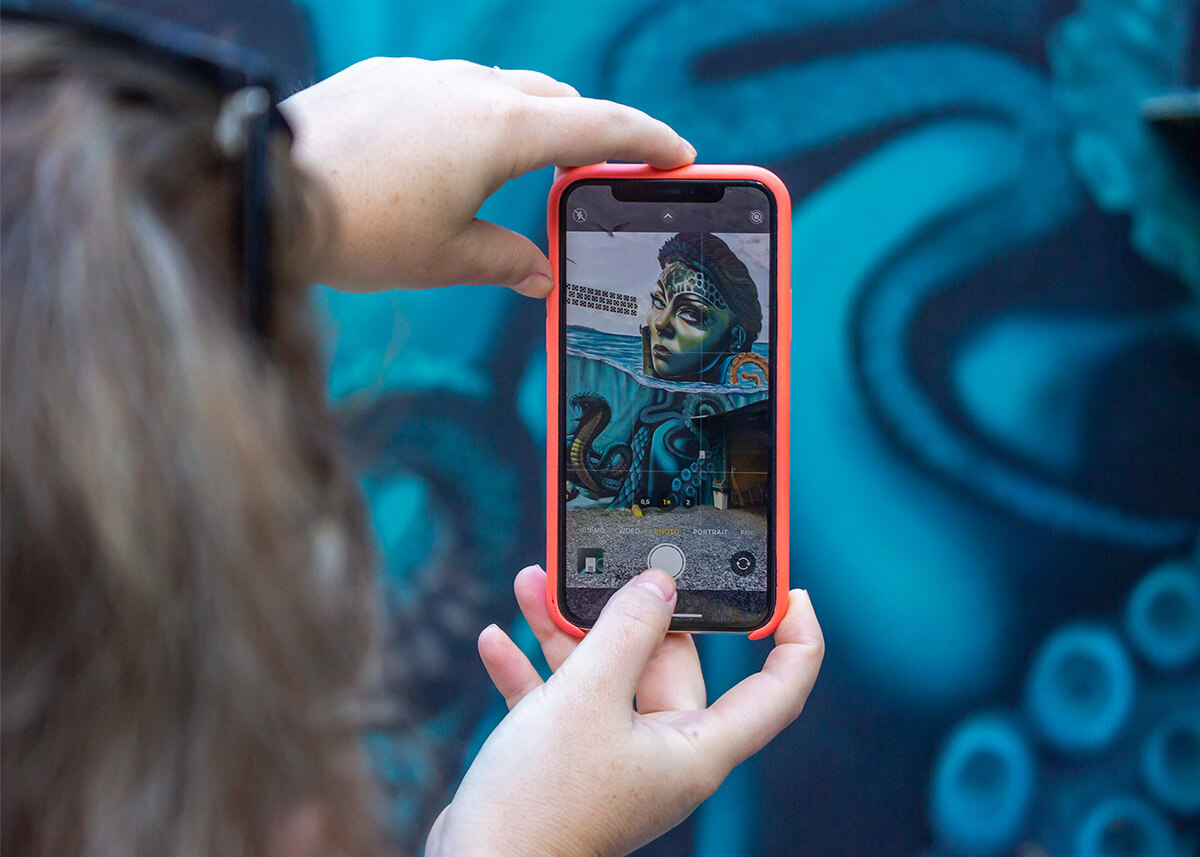Golden Hour, the best light to improve the quality of your photos
When traveling you don’t want to miss out on those dreamy sunset and sunrise times, right? Besides than just a pretty view, did you know when sun rises and sets is also the best time of the day to take photos? Understand why the golden hour can make a significant difference to the quality of your photos.
Light is one of the most important elements in photography. Natural or man-made, light comes from a variety of sources and understanding how light works allows you to convey emotion in your images.
The best types of light for photography
In order to create a wide variety of creative images, here are the main categories of light you need to know:
Transmitted light is when you can see the light source directly in the picture. Examples of this could be a candle or the sun passing through something before reaching the subject.
Reflect light occurs when light reflects off your subject. Photographs make use of reflected light very often when capturing the buildings when glasses and water reflect into the scene.
Hard light commonly comes from a small apparent light source, such as a light bulb and often results in sharp shadows. It’s a good choice for revealing textures in objects.
Soft light comes from any large light source from the subject’s perspective, producing low contrast and minimal shadows. The sun coming from windows during the day provides soft light.
If you want to shine, you need to light up!

What is the golden hour?
Professionals will tell you that the best light for photography is ‘the golden hour’. Popular between photographers and filmmakers, the golden hour is when the sun is close to the horizon, and offers a combination of both hard and soft light, which can produce much nicer results than just one of them.That’s why the golden hour is considered to be the best time of the day to take pictures. The period to take the best pictures lasts for about an hour right after sunrise and an hour right before sunset.
Once you understand the different types of light and more importantly how to control the light, you can get better results shooting at any time of day. The direction, hardness or softness and even the temperature can impact the mood and feeling of an image. Side light, for instance, evokes feelings of romance, while the light from below creates a sense of terror. Hard shadows create a sense of drama.
Some accessories, such as reflectors, flash or diffusion materials are some useful tools for controlling light. However, if you don’t have tons of accessories and want to create a warm and more professional effect then the sunrise or sunset is when you should be shooting.







